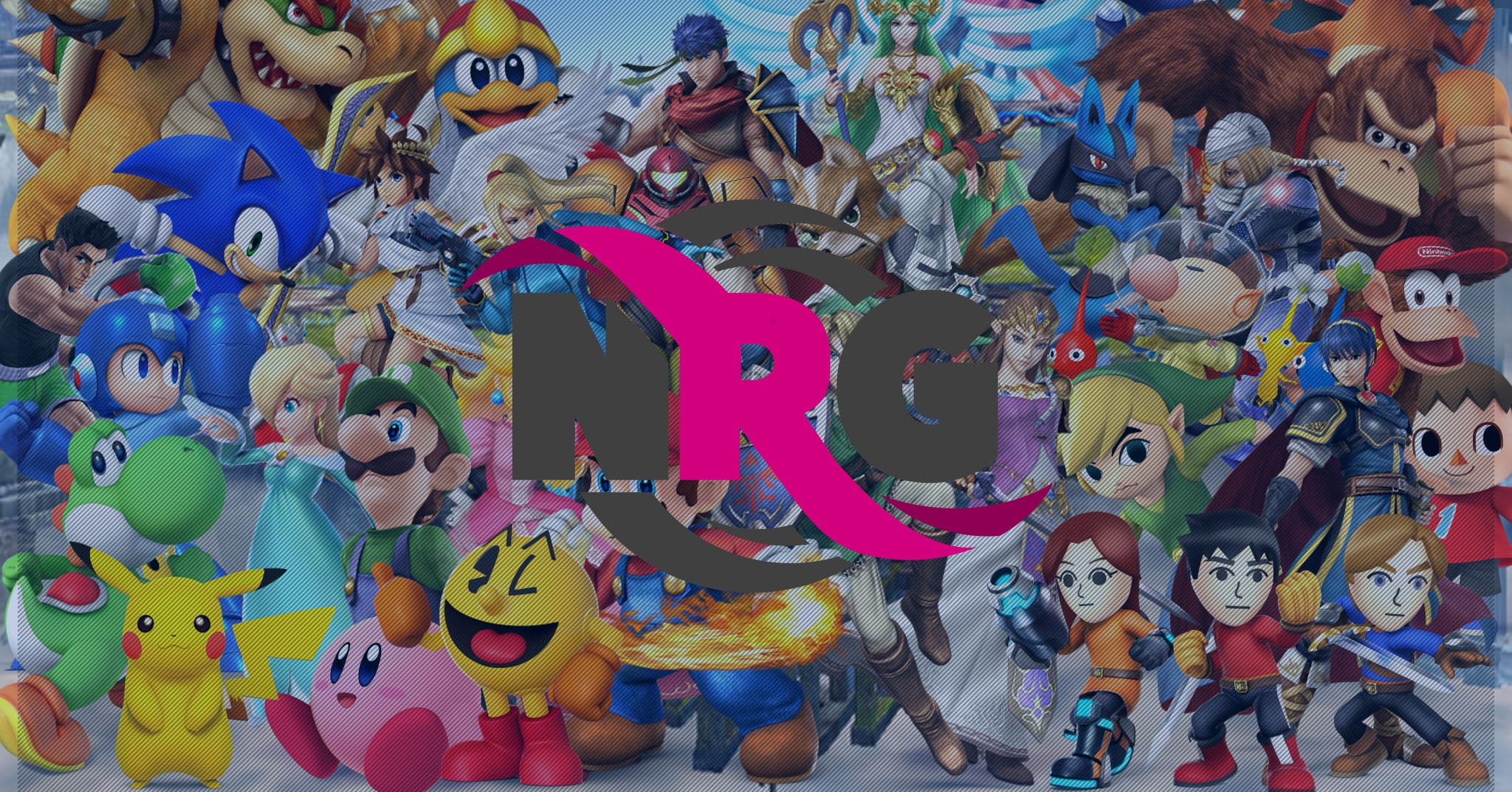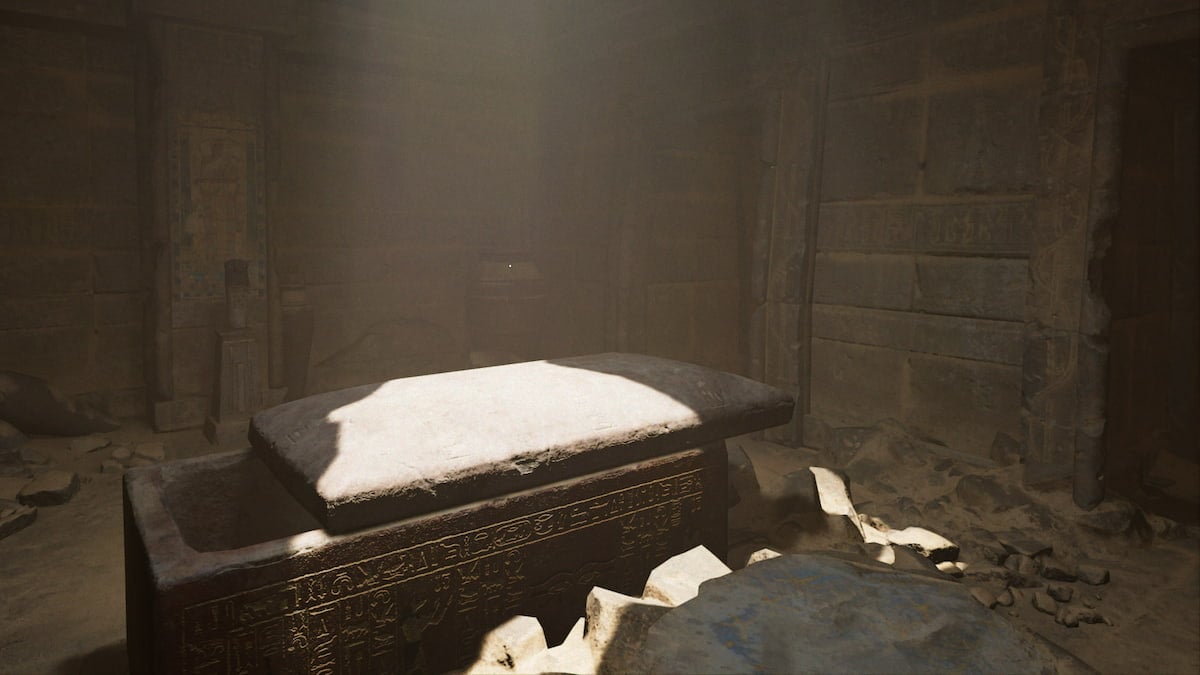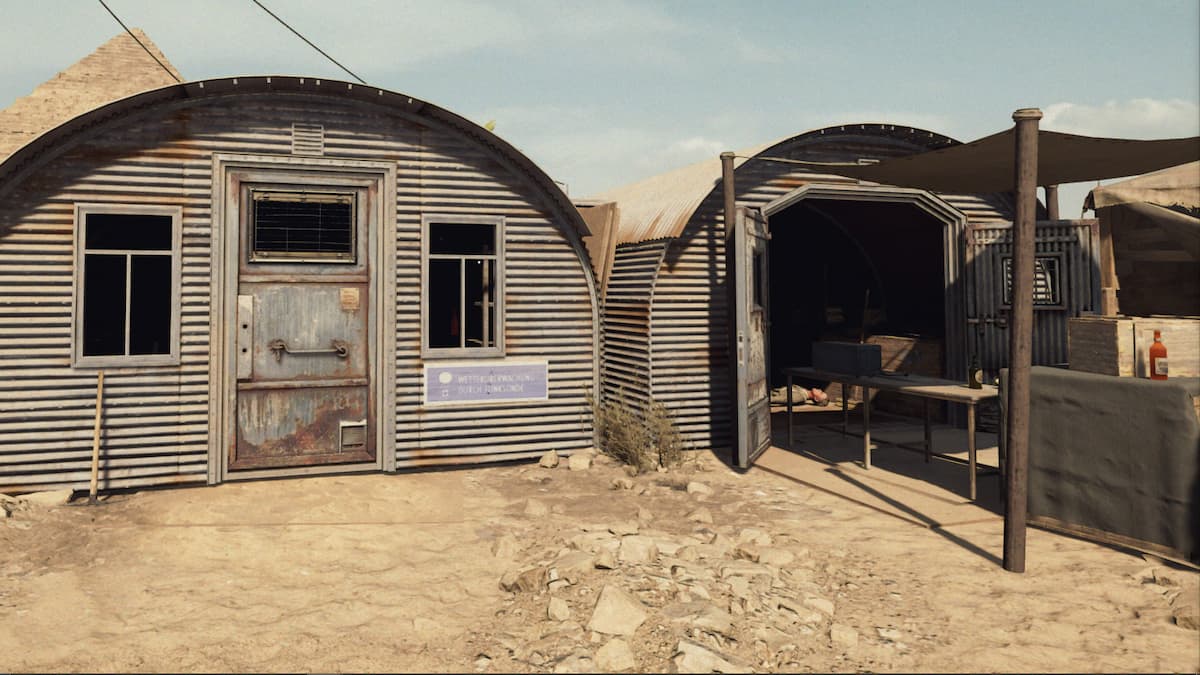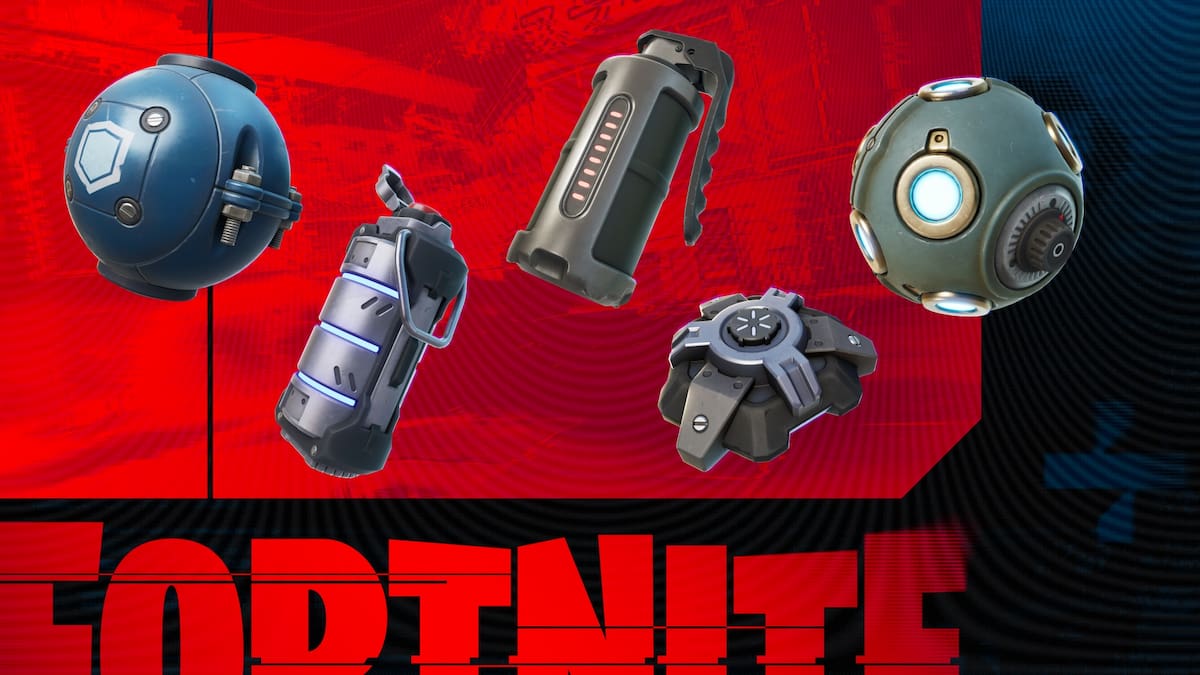
Amid recent on-going discussions about gender equality and representation in online and vanilla gaming communities, League of Legends has notable uniformity of gender in its public eSports studio, League Championship Series (LCS).
Curiously, in the North American LCS, there is not a single woman on it’s caster team. It’s European counterpart boasts a single female caster in front of the camera, Eefje “Sjokz” Depoortere. Sjokz is a very knowledgeable interviewer who brings intelligence to her role at the EU LCS analyst desk. She represents a place for aspiring women and girls who also find themselves surrounded by a predominantly male cohort in the gaming industry. In total, the NA and EU regions of LCS have had a total of one female caster among a group of over 16 total male casters since the birth of the LCS 3 years ago.



This woeful lack of female representation may parallel an overarching theme in sports, led by the powerhouse that is ESPN. According to an Associated Press Sports Editors-commissioned report by the Institute for Diversity and Ethics in Sport, there was an overall increase in 2012 of women of color in sports journalism. However, it still merited an overall F grade for gender representation in columnists and editors. The majority of female columnists and editors worked for ESPN, which the report notes has made an concerted effort to diversify its newsroom. Without ESPN, these numbers would be significantly worse than the aproximately 90% male presence in sports.

Credit to Poynter link to article
ESPN remains a leader in providing opportunities in sports journalism for women. In 1981, Rhonda Glenn, aged 31, sat down behind the SportsCenter desk as the first full time female sportscaster for a national television network (credit: espnfrontrow.com). ESPN has gone on to introduce women in many different prime-time on-air roles. It is time for eSports to do the same.
Despite some progress in on-air roles in sports, women continue to face unequal representation. Commonly, female reporters would find that players and sports celebrities would treat them differently, including testing their knowledge of the sport or attempting to trick them in front of an audience. They still struggle to be treated equally today.
As recently as 2014, Meredith Vieira became the first female to host the Olympics on a major network. This occurred after NBC offered the job to Bob Costas, who had pink eye, and Matt Lauer declined given his rigorous schedule. Despite being a backup option for NBC, Vieira demonstrated that she, and women like her, are not only capable of sportscasting, but would be well-received by the general public.
Carol Stabile, a professor at the University of Oregon and Director for the study of women in society, stated, “It’s been really hard in sports, in particular, because sports in the United States has, along with the military, the premier site for the making of masculinity, and its a privileged state.” She goes on to discuss how sports has been intractable to attempts at equalizing gender representation in sports media.
The following video, from 2012, is 34 minutes long and details some proposed advances in equalizing gender representation in the media:
Female Sportscasters: Challenging a Male-Dominated Industry
What little progress has occurred is a hopeful sign for the future. Esports is already a progressive subculture of the sports industry. There is no reason why it could not also lead the way in representing both genders.
This summer, the LCS is expanding its crew to support dual streams with the change in format for the summer split. This would provide an excellent opportunity to diversify their cast, in terms of race and gender to more accurately represent its participants and fans. According to a limited survey tracking social media across multiple platforms, the LCS has at least a 25% female and 40% non-white fan base that are also active on social media. Diversification is not only the right thing to do, it is also a financially sound decision to choose to represent the existing demographic.
It is my firm opinion that Riot, like ESPN, is in an excellent position to lead the eSports community in fairly and accurately representing its entire demographic in its public broadcasts of League of Legends.






Published: Feb 9, 2016 03:51 pm